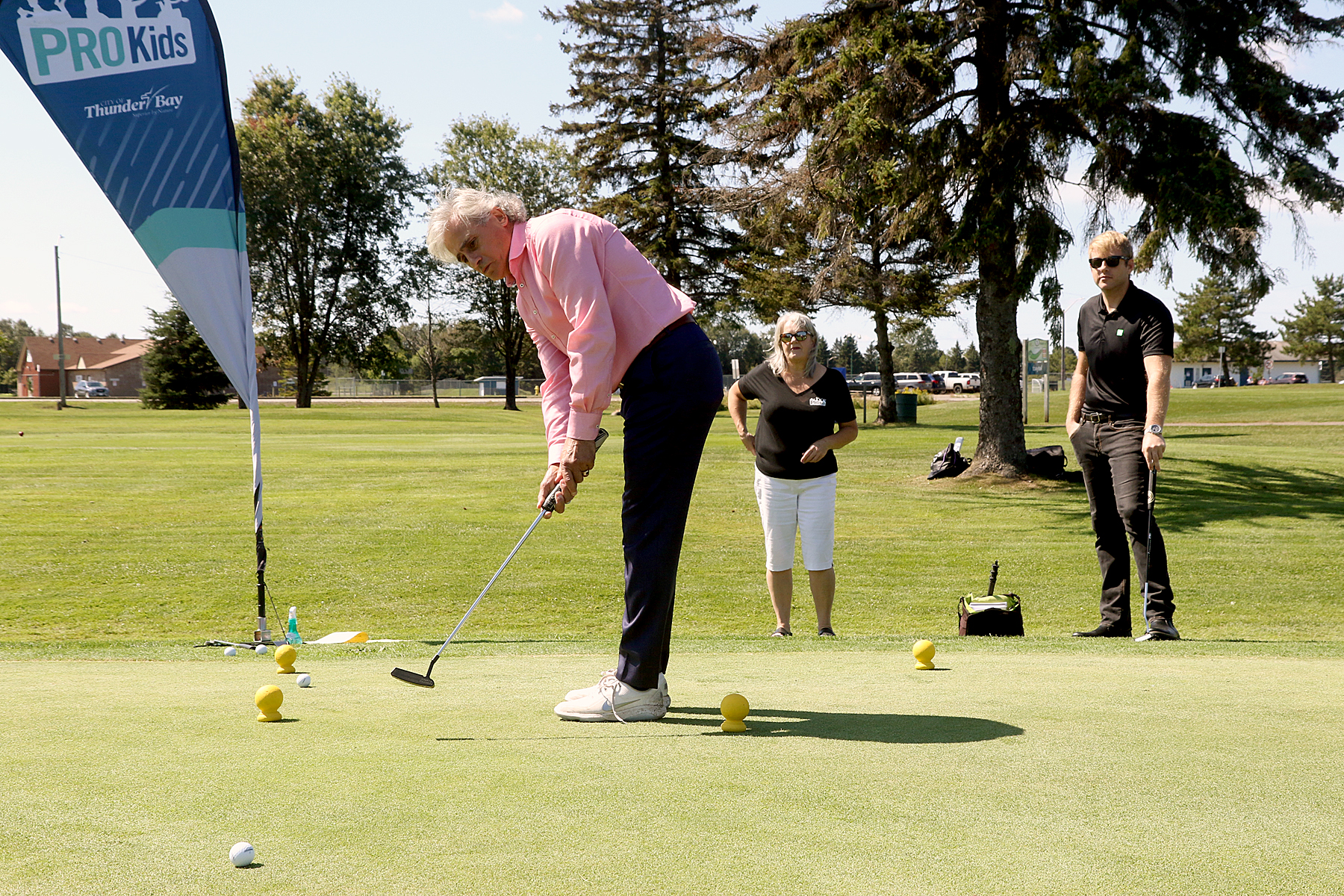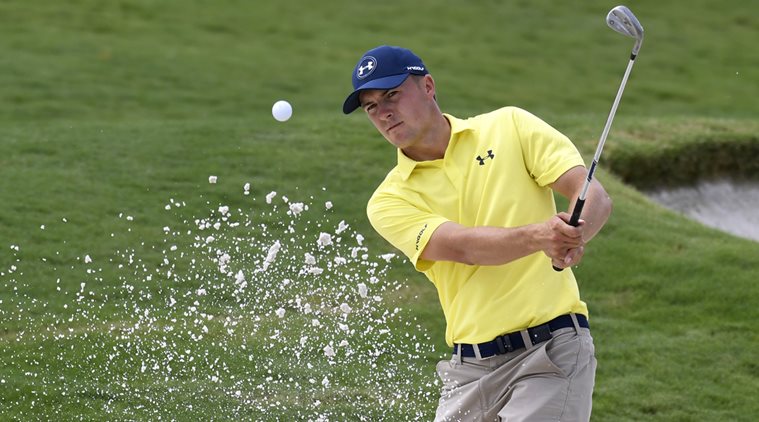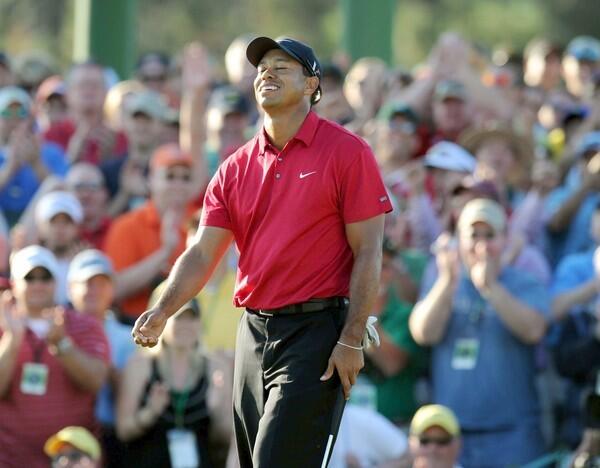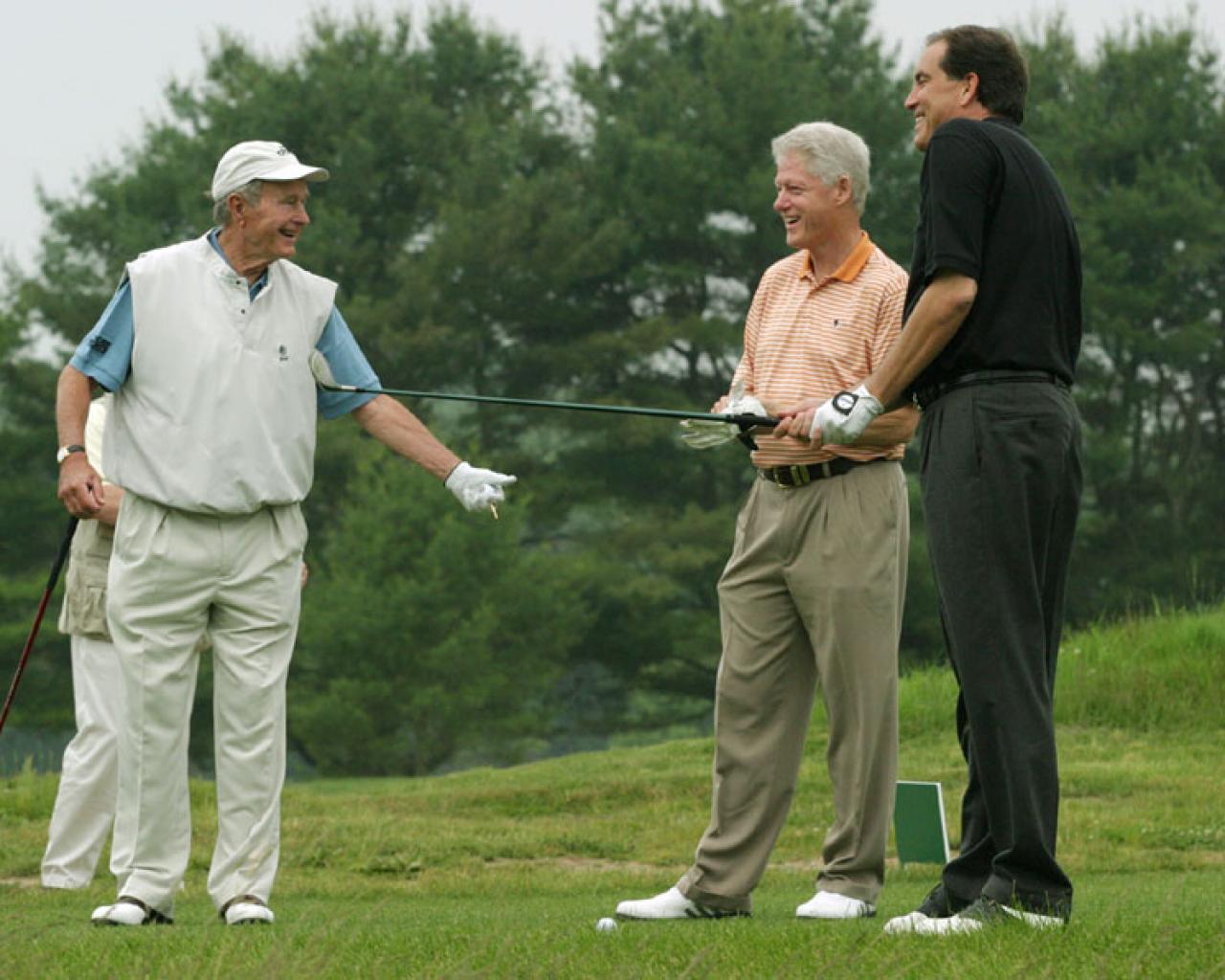Uncategorized
What is Mulligan Golf? Definitions, Origins, and Highlights
In the hallowed world of golf, where rules and traditions are held dear, there exists a concept both cherished and unconventional—the Mulligan. Often regarded as the golfer’s secret indulgence, the Mulligan represents a second chance, a do-over, an opportunity to rewrite the story of a single shot on the course. But what is the story behind the Mulligan, and how has it evolved to become an endearing aspect of golfing culture? In this blog, we will embark on a journey to explore the origins, the unwritten rules, the famous moments, and the enduring spirit of Mulligan Golf.
1. What is a Mulligan in Golf?
A Mulligan in golf, or a Mulligan golf, is a term that resonates with both seasoned golfers and newcomers to the sport. It represents a unique and cherished aspect of the game, embodying the spirit of sportsmanship, camaraderie, and the pursuit of perfection on the golf course.
At its core, a Mulligan is a do-over, a second chance that a golfer grants themselves after a less-than-ideal shot. It’s an opportunity to wipe the slate clean, erasing the mistake of a wayward drive or a misjudged putt. In essence, it’s the golfing equivalent of hitting the “reset” button on a single shot during a round.

The purpose of a Mulligan golf is simple but profound: it allows a golfer to correct their mistake and improve their overall score. It’s not about erasing the memory of an errant shot; rather, it’s about emphasizing the joy of the game, the pursuit of improvement, and the acceptance of human fallibility.
Mulligans are most commonly used in casual or friendly rounds of golf, where the focus is on fun, social interaction, and personal enjoyment rather than strict adherence to rules and regulations. They foster a relaxed atmosphere on the course and encourage golfers to take risks and experiment with their shots.

While Mulligans are generally not permitted in competitive or tournament play, they remain a beloved tradition in the world of recreational golf, reminding us all that, in golf and in life, sometimes a second chance can lead to a better outcome.
2. Origins and History of Mulligan Golf
2.1 Folklore and Anecdotes
The origins of the Mulligan golf are shrouded in the mists of storytelling and folklore, contributing to its enduring allure. One of the most prominent tales attributes the Mulligan’s name to a Canadian golfer named David Bernard Mulligan, who played at the St. Lambert Golf Club in Quebec during the early 20th century. The legend recounts that Mulligan, a skilled golfer, teed off with an uncharacteristically poor shot on the first hole. In a moment of jest and frustration, he declared that he would take a “correction shot” or a “do-over” to rectify his mishap. His playing partners found this moment both entertaining and relatable, dubbing this act a “Mulligan.”

2.2 Emergence as a Tradition
While the specific origins of the term “Mulligan” may remain a subject of debate, the concept of granting oneself a second chance for a wayward golf shot began to take shape as a recognized tradition in the 1930s and 1940s. Golfers from various corners of the world began to embrace this idea of a friendly and informal do-over. It was often an act of goodwill among players, fostering a sense of camaraderie on the golf course.
2.3 Acceptance in Golfing Culture
Mulligan’s acceptance into golfing culture can be attributed to its innate appeal. Golfers of all skill levels understood that, at times, errant shots were inevitable. The Mulligan golf resonated with golf’s spirit of sportsmanship, the pursuit of excellence, and the acknowledgment that golfers are, after all, human and prone to making mistakes. The informality of the Mulligan golf made it a natural fit for casual, friendly rounds where the enjoyment of the game often took precedence over strict adherence to the rules.

2.4 Permeation into Pop Culture
As the Mulligan golf became an accepted part of golfing culture, it also found its way into popular culture. References to Mulligans began to appear in literature, movies, and television series. This further solidified its status as a beloved and enduring aspect of the game, making it recognizable to those outside the golfing community and ensuring that it remained an integral part of golf’s tradition.
Today, the Mulligan golf remains a testament to golf’s unique blend of rules, camaraderie, and the human element. While it remains largely unofficial in competitive play, its rich history, coupled with its acceptance in casual games, ensures that the Mulligan’s legacy in golf will persist for generations to come, adding a touch of whimsy and fairness to the sport.
3. The Unwritten Rules of Using Mulligans Golf
3.1 Consent and Courtesy
One of the most fundamental unwritten rules when it comes to using Mulligans is to seek consent from your playing partners before taking one. It’s a matter of common courtesy and a display of respect for the group’s consensus. Before declaring a Mulligan, it’s advisable to discuss it with your fellow golfers, ensuring everyone is comfortable with the idea of a do-over. This simple act of communication fosters a friendly and inclusive atmosphere on the course.
3.2 Limited Usage
While the number of Mulligans allowed can vary among different groups and outings, there’s a general acceptance that they should be limited. Excessive use of Mulligans can detract from the integrity of the game and the challenge it presents. Typically, golfers restrict themselves to one Mulligan per round to maintain a balance between fun and fair play.
3.3 Non-Competitive Rounds
Mulligans are primarily reserved for casual, non-competitive rounds of golf. They are seldom allowed in formal tournaments or events where strict adherence to the official rules of golf is essential. In such settings, the focus shifts to competition and fair play, making Mulligans an inappropriate practice.

3.4 Tee Shots and First Swings
Mulligans are most commonly employed for tee shots or the first swing of a hole. If a golfer feels that their initial attempt was significantly flawed, they may declare a Mulligan before proceeding further on the hole. This aligns with the notion of a “fresh start” on a new hole and allows golfers to recover from potential discouragement.
3.5 Be Transparent
Golfers should openly declare when they intend to take one and acknowledge it to their playing partners. This transparency is crucial to maintaining trust and integrity on the course. It also prevents any misunderstandings or disputes that may arise from concealed Mulligans.
3.6 Preserve Pace of Play
While Mulligans provide an opportunity to correct a wayward shot, they should not unduly slow down the pace of play. Golfers are encouraged to take their Mulligans promptly and efficiently. Lingering too long or debating whether to take a Mulligan can disrupt the flow of the game and impact the enjoyment of others on the course.
3.7 Respect the Group’s Norms
Each golfing group may have its own set of mulligan golf norms and traditions. Some groups may allow more flexibility in their use, while others may be stricter. It’s essential to respect these established practices and communicate openly about them. This helps ensure that everyone is on the same page regarding Mulligan usage.
3.8 Enjoyment Over Rigidity
Ultimately, the unwritten rules of using Mulligans emphasize the enjoyment of the game over rigid adherence to regulations. Golf is a sport meant to be savored, and Mulligans add a touch of fun and camaraderie to the experience. While respecting the rules is important, maintaining a friendly and inclusive atmosphere on the course is equally valued.
4. World’s most Famous Mulligan Golf Moments
4.1 Tiger Woods
One such iconic moment transpired during the 2010 Masters Tournament, when Tiger Woods, a name synonymous with golf greatness, took center stage. On the 16th hole of the final round, Woods found himself in a precarious position with his tee shot. His initial attempt landed perilously close to the water hazard, teetering on the edge of disaster. In a move that left spectators in awe, Woods declared a Mulligan, signaling his intent to reattempt the shot. With nerves of steel, he executed a near-perfect tee shot, which gracefully danced over the water and settled near the hole. The gallery erupted in cheers, witnessing a moment that showcased not only Woods’ skill but also the audacity to take a second chance when it mattered most.

4.2 Bill Clinton and George H.W. Bush
Another legendary Mulligan moment etched into golf history occurred during a friendly round at the renowned Augusta National Golf Club. Former Presidents Bill Clinton and George H.W. Bush, both avid golfers, engaged in a friendly match. As they approached the 1st tee, Clinton, known for his charisma and charm, asked for a special favor—permission to take a Mulligan on his opening drive. Bush, with a twinkle in his eye, agreed. What unfolded next became the stuff of golfing legend. Clinton, with a mix of enthusiasm and perhaps a touch of presidential privilege, smashed a majestic drive down the fairway. His charisma and the lightheartedness of the moment endeared him to golfers and non-golfers alike, forever immortalizing the Mulligan as a symbol of camaraderie and the joy of the game.

5. Conclusion
As we bring our exploration of the Mulligan golf to a close, we are reminded that this endearing tradition encapsulates the essence of the sport—a blend of skill, camaraderie, and the acceptance of our shared human fallibility. It underscores that in golf, as in life, the pursuit of excellence is often intertwined with the willingness to grant ourselves and others a second chance. As we step away from the course, we carry with us the spirit of the Mulligan, a reminder that in golf and beyond, every stroke is a new opportunity, and every moment is a chance to start anew. Explore more golf knowledge at Golfbiz’s news.

